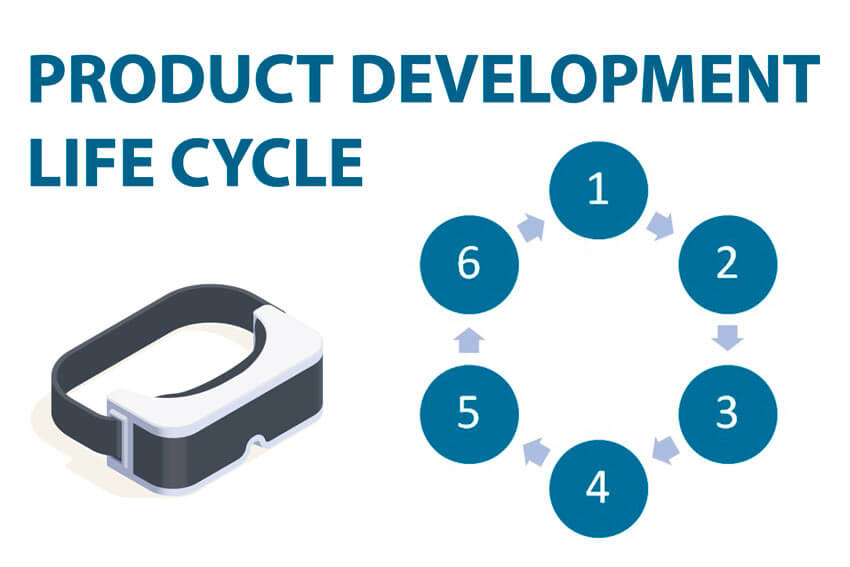A Comprehensive Exploration of Product Lifecycles: Unraveling the Dynamics of Creation, Growth, Maturity, and Decline

Introduction:
In the dynamic landscape of business, understanding the intricacies of product lifecycles is paramount for sustainable success. A product’s journey from inception to obsolescence is a nuanced process influenced by numerous factors, ranging from market trends and consumer preferences to technological advancements. This article delves into the multifaceted realm of product lifecycles, unraveling the stages of creation, growth, maturity, and decline, while examining the strategies employed at each phase to ensure optimal outcomes.
I. Inception – Birth of Innovation:
The genesis of a product marks the inception phase, where innovation and creativity converge to address a specific need or capitalize on an emerging market opportunity. This stage is characterized by high research and development investments, as companies strive to bring novel solutions to the market. Strategic planning, market analysis, and feasibility studies play crucial roles in mitigating risks and ensuring a solid foundation for the product’s journey.
II. Growth – Nurturing Success:
With the successful introduction of a product, the growth phase ensues. During this period, consumer demand increases, sales escalate, and market penetration expands. Companies focus on enhancing production efficiency, scaling operations, and strategically positioning the product in the market. Marketing efforts become pivotal in creating brand awareness and maintaining a competitive edge. Businesses may also explore diversification and innovation to sustain momentum and capitalize on emerging opportunities.
III. Maturity – Sustaining Market Presence:
As a product matures, competition intensifies, and market saturation becomes a reality. The maturity phase is characterized by stabilized sales, a broader consumer base, and a need for strategic adjustments. Companies often shift their focus towards cost optimization, process refinement, and customer retention. Innovations may take the form of product enhancements, rebranding, or targeting niche markets. Strategic alliances and partnerships may also be explored to extend the product’s lifecycle and explore new revenue streams.
IV. Decline – Navigating Sunset:
Every product faces the inevitability of decline, influenced by changing consumer preferences, technological obsolescence, or the emergence of superior alternatives. During the decline phase, companies confront the challenge of managing diminishing sales and deciding the fate of the product. Rationalizing costs, inventory management, and divestment considerations become essential. Businesses may choose to discontinue the product, explore revitalization strategies, or redirect resources to newer ventures.
Strategies Across the Lifecycle:
Understanding the unique demands of each phase enables businesses to formulate effective strategies for sustained success. In the inception phase, a focus on research and development, market analysis, and risk mitigation is imperative. In the growth phase, investment in marketing, production scalability, and strategic positioning are key drivers. Maturity demands a shift towards cost optimization, customer retention, and adaptive strategies. In the decline phase, businesses must make informed decisions regarding discontinuation, revitalization, or redirection.
Real-world Case Studies:
To enrich our understanding of product lifecycles, we examine real-world case studies across industries. From the rapid evolution of consumer electronics to the enduring success of certain consumer packaged goods, these examples showcase the application of lifecycle strategies in diverse business landscapes.
Conclusion:
In the ever-evolving world of commerce, comprehending product lifecycles is an indispensable tool for strategic planning and sustainable growth. From the birth of innovation to the inevitable decline, each phase presents distinct challenges and opportunities. By embracing adaptability, innovation, and strategic foresight, businesses can navigate the complexities of product lifecycles and emerge resilient in the face of dynamic market forces. As we continue to witness the ebb and flow of products in the global marketplace, the understanding of lifecycles remains an ever-relevant cornerstone for business success.







